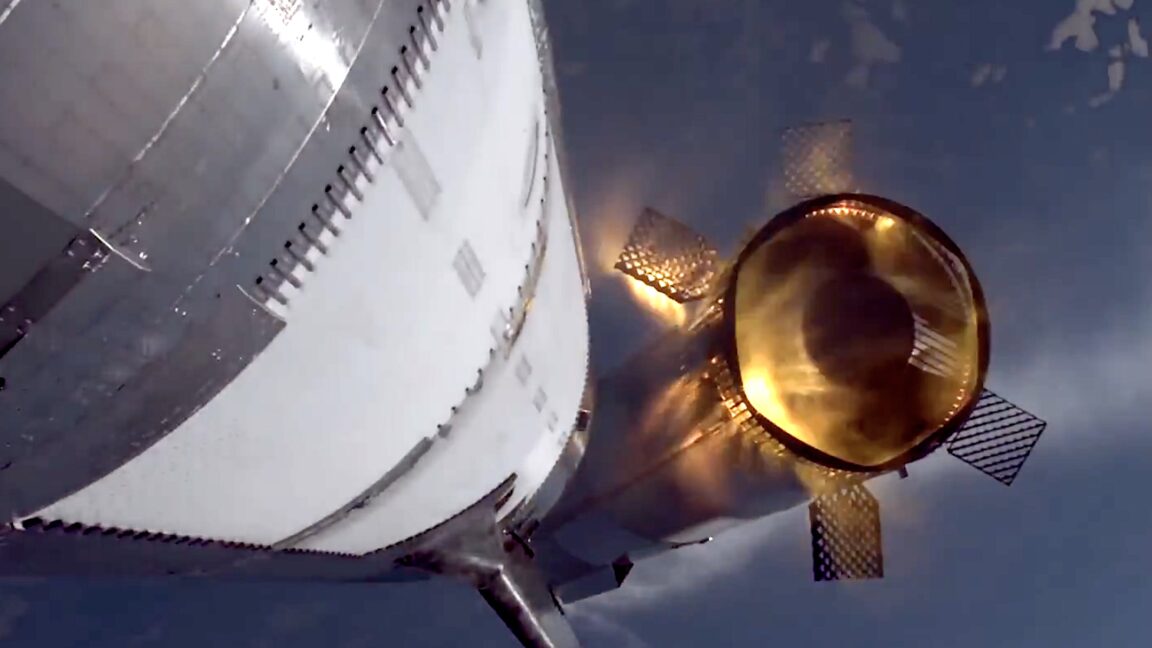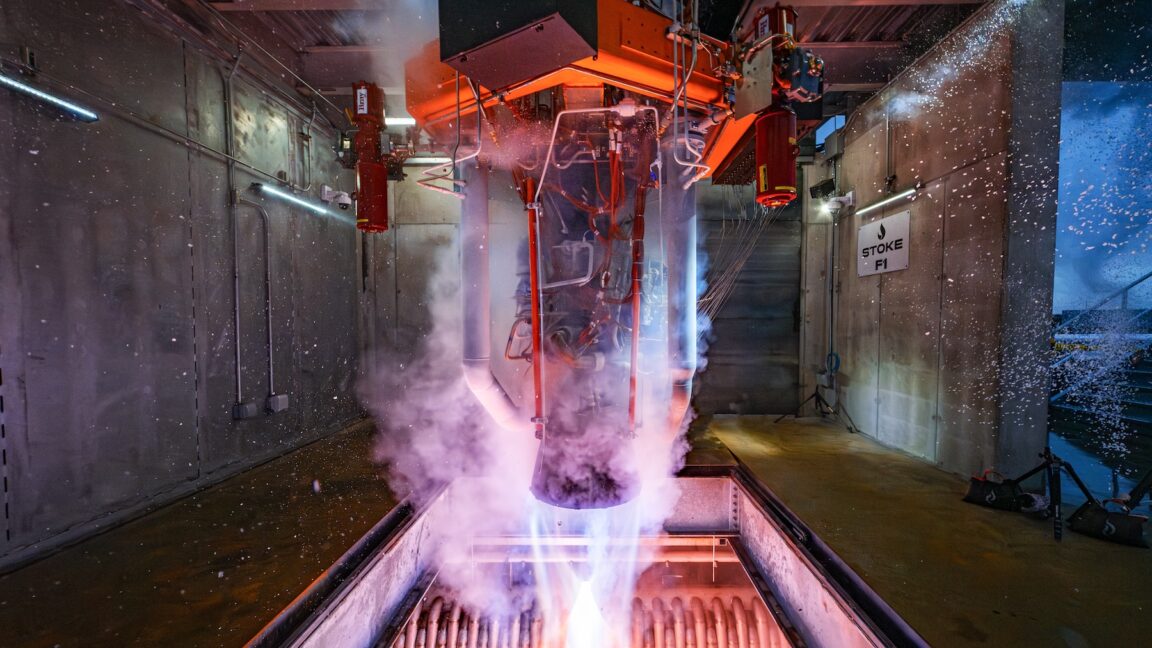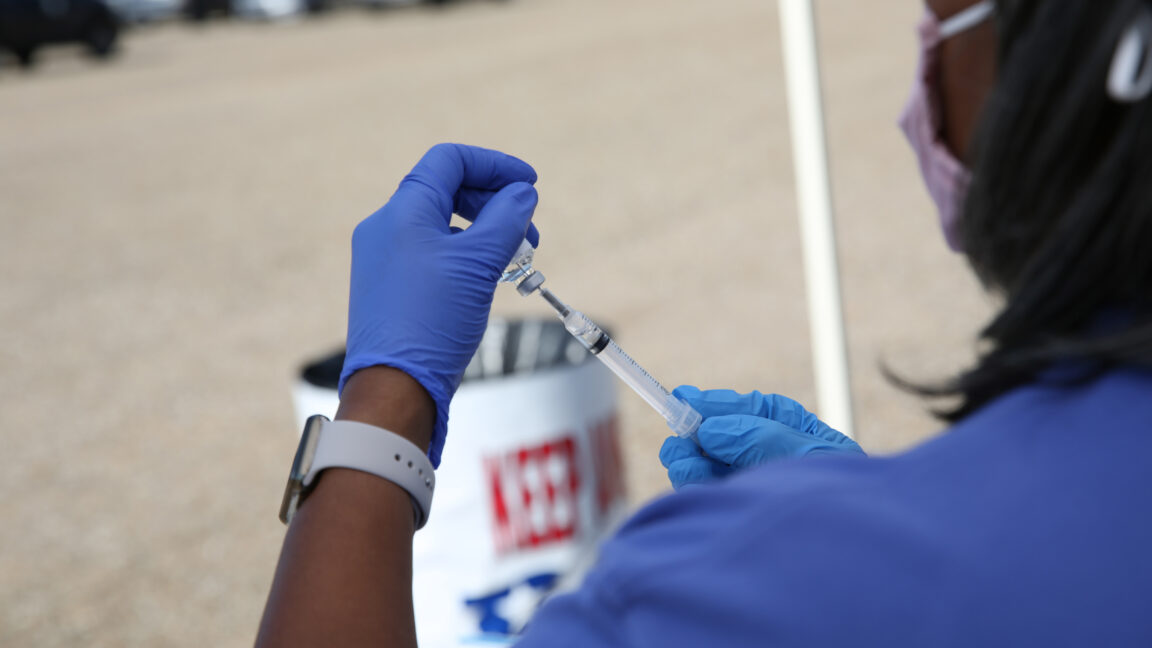Fire destroys Starship on its seventh test flight, raining debris from space

SpaceX launched an upgraded version of its massive Starship rocket from South Texas on Thursday, but the flight ended less than nine minutes later after engineers lost contact with the spacecraft. For a few moments, SpaceX officials discussing the launch on the company's live webcast were unsure of the outcome of the test flight. However, within minutes, residents and tourists in the Turks and Caicos Islands, Haiti, the Dominican Republic, and Puerto Rico shared videos showing a shower of debris falling through the atmosphere along Starship's expected flight corridor. The videos confirmed Starship—the rocket's upper stage—broke apart in space, or experienced a "rapid unscheduled disassembly" in SpaceX-speak. This happened well short of the spacecraft's planned trajectory, which would have seen it fly halfway around the world and splash down in the Indian Ocean after more than an hour of flight. There were no people or satellites aboard the rocket Thursday.
Just saw the most insane #spacedebris #meteorshower right now in Turks and Caicos @elonmusk what is it?? pic.twitter.com/a7f4MbEB8Q — Dean Olson (@deankolson87) January 16, 2025
Flight diversions
The test flight began with the liftoff of the 404-foot-tall (123.1-meter) Super Heavy booster and Starship upper stage from the Texas Gulf Coast at 4:37 pm CST (5:37 pm EST; 22:37 UTC). The world's largest and most powerful launcher climbed off the launch pad with more than twice the thrust of NASA's Apollo-era Saturn V rocket. Heading east, its 33 methane-fueled Raptor booster engines fired for more than two and a half minutes to propel Starship toward the edge of space. The booster's engines shut down as planned, followed moments later by the ignition of six Raptor engines on the Starship upper stage. The Super Heavy booster separated from the rocket to fly itself back to the launch site. Just shy of seven minutes after liftoff, the booster returned to the launch pad for a mid-air catch by the tower's two mechanical arms, repeating a feat SpaceX accomplished in October. The upper stage, meanwhile, appeared to fly normally until a telemetry display on SpaceX's webcast indicated that one of the ship's six engines shut off more than seven minutes after liftoff. The display then showed more engines failing, and the data stream froze. In an update posted on SpaceX's website later Thursday evening, officials said ground teams lost contact with the spacecraft approximately eight and a half minutes into the flight. At the time, information on SpaceX's live video stream showed the vehicle was traveling at about 13,246 mph (21,317 km/hr) at an altitude of about 91 miles (146 kilometers). "Initial data indicates a fire developed in the aft section of the ship, leading to a rapid unscheduled disassembly with debris falling into the Atlantic Ocean within the predefined hazard areas," SpaceX officials wrote in the update. The falling debris caused air traffic controllers to divert or reroute commercial flights over the Caribbean and the Atlantic Ocean, according to the Federal Aviation Administration.“That’s the coolest sh*t I’ve ever seen in my life”
Some of the videos recorded by residents and tourists in the Turks and Caicos appeared to show fiery debris fragments streaking almost directly overhead. Many people speaking in the videos did not realize what they were seeing, but space enthusiasts on social media quickly identified the source of the spectacle.First night in Turks and Caicos and we’re on the beach and see this. 👀 pic.twitter.com/CDPlLd70Yn — KingDomRedux (@KingDomRedux) January 16, 2025Elon Musk, SpaceX's founder and CEO, wrote on X that early signs from data suggested there was a propellant leak in a cavity above Starship's engine firewall. The leak was large enough to build pressure in excess of the ship's vent capacity. "Apart from obviously double-checking for leaks, we will add fire suppression to that volume and probably increase vent area," Musk wrote. "Nothing so far suggests pushing next launch past next month." Coming into 2025, SpaceX officials hoped to launch as many as 25 Starship test flights this year to experiment with new designs, attempt a recovery of Starship from orbit, and demonstrate orbital refueling, a capability that is critical to NASA and SpaceX's plans to land astronauts on the Moon later this decade. SpaceX designed Starship to be fully reusable, with the ability to deliver more than 100 metric tons (220,000 pounds) of cargo to low-Earth orbit. Future versions of the ship will be suited for travel to the Moon and Mars. NASA has two contracts for SpaceX to develop a derivative of Starship as a human-rated lander for the agency's Artemis lunar program, and Musk views Starship as central to enabling his vision of creating a human settlement on the red planet. NASA's official public schedule calls for a crew landing at the Moon's south pole in 2027, using the privately developed Starship alongside the agency's government-managed Space Launch System rocket and Orion crew capsule. Together, the vehicles will transport astronauts from Earth to the Moon, then to the lunar surface and back into space, and finally back to Earth. However, this schedule hinges on the readiness of Starship to accommodate humans, the availability of new lunar spacesuits, and the status of the SLS rocket and Orion spacecraft, both of which have endured lengthy delays. The incoming Trump administration is expected to reevaluate the architecture of the Artemis program to determine if, and how, NASA can return humans to the Moon faster and cheaper. It's possible SpaceX's Starship and other commercial rockets might carve out a more significant role.









